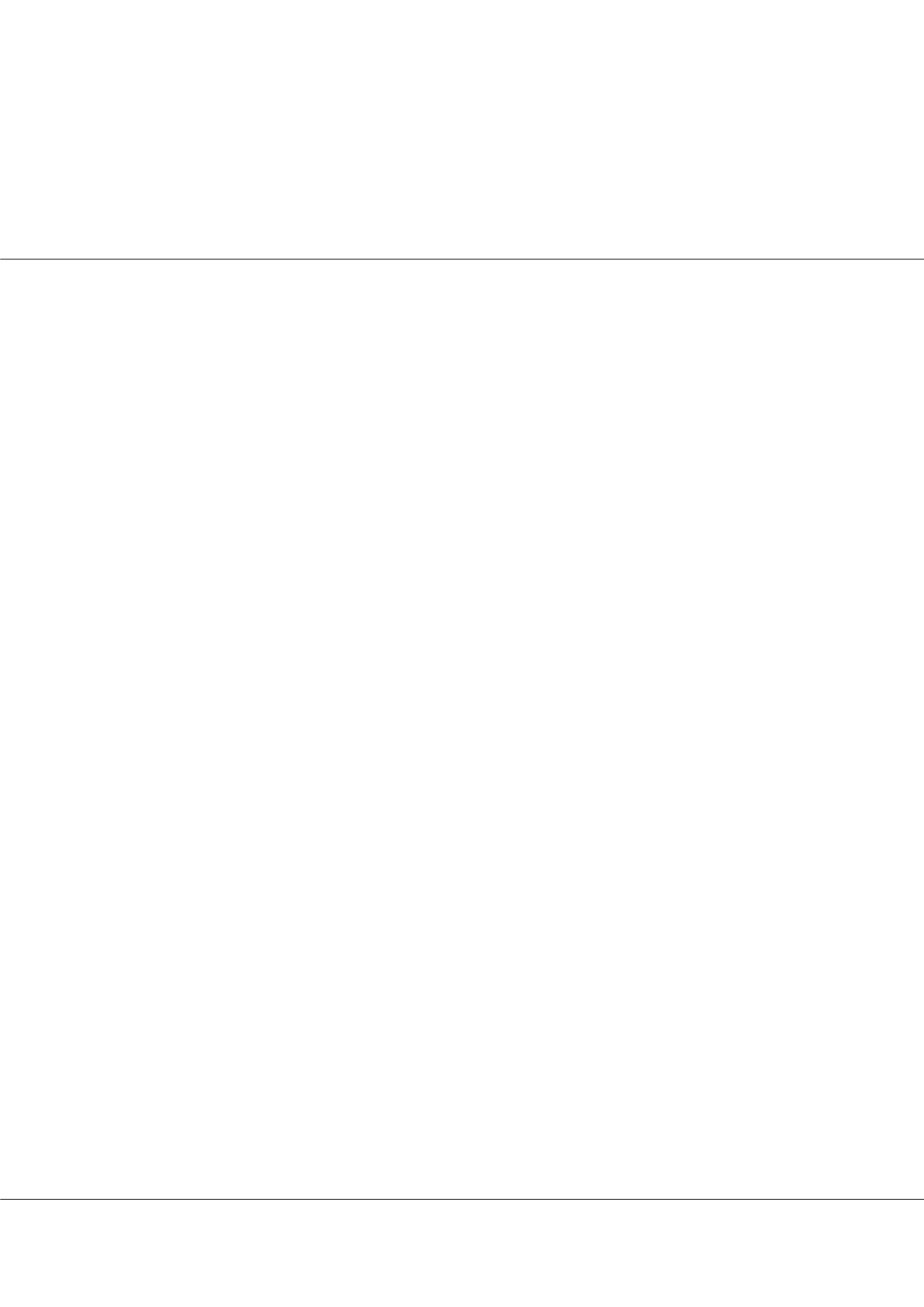

Volume 4
Journal of Pediatric Care
ISSN: 2471-805X
Page 35
JOINT EVENT
August 06-07, 2018 Madrid, Spain
&
2
nd
Edition of International Conference on
Adolescent Health & Medicine
18
th
International Conference on
Pediatrics Health
Pediatrics Health 2018
&
Adolescent Health 2018
August 06-07, 2018
Specific triggers of migraine headache in adolescents
Knezevic Pogancev Marija
University of Novi Sad, Serbia
Abstract:
Migraine triggers are exclusive occurrences inducing headache. Certain triggers do not induce headaches in
everyone. Even in a certain migraine sufferer, a specific trigger may not cause head pain for each headache. This research was
carried out in North Serbian Province, Vojvodina with total population of 2,031,992. from 1988 to 2012.
Method:
Participants were selected by multi-study random sampling procedure. The inclusion criteria were: age 10–18,
attending school, and informed consent signed by parents and adolescents. The exclusion criterion was a prior diagnosis
of a disease that has headache as a symptom. The mean age of the participants was 15 years 2.5 months (range 10–18 years,
SD 3.02). Study was approved by Ethical Committees of the Institute and the University of Novi Sad. Participants filled in
a semi structured screening questionnaire developed for this study (socio-demographic data, development, and headaches
including triggers and therapy). The accuracy of the questionnaire was based on the International Headache Society criteria.
Classification code 3 was used. The study was conducted in 3 phases. 1st - questionnaire which narrowed down the number
of patients to those who had at least two headaches per month during the past year. 2nd - face-to-face interview, as well as
physical and neurological examination.
Results:
After diagnosing migraine (MH) or recurrent non migraine (RNMH), adolescents keep headache diary over period
of 6 months, and then strictly avoid potential triggers, and continue keeping the headache dairy next 6 months. The third
phase was reinterviewing them one year after. Out of 20,917 adolescents, 4,376 (20,9%) reported RNMH, and 2,008 (9,4%)
reported MH. Lack of sleep as a trigger was equally reported, MH (90.6%) and RNMH (94.5%). Particular food was indicated
more often as a MH trigger (72.4% vs 32%) (p<0.05). The most common dietary triggers implicated in migraine attacks were:
meat (32.9%), eggs (30.5%) and aged cheese (27.7%). Odours were reported in 80.9% of MH, and in 10% of RNMH (p<0.05).
Usual daily routine disturbance was reported in 50.0% of MH and in 75.2% of RNMH (p<0.05). Physical activity tends more
often to trigger RNMH (85.3%) than MH. (45,3%) (p<0.05). Tobacco smoking triggers similar MH in 65% and RNMH in
75%. Passive tobacco smoking triggers MH more often than RNMH (81,6% vs. 23.9%). The same is with alcohol drinking as a
trigger (80,2% vs. 68%) (p<0.05). Psychical stress triggers equally RNMH (99.6%) and MH (96,9%). "Not eaten in time" was
the trigger for 65% MH attacks, whereas 32% of RNMH. RNMH were in general more susceptible to weather changes than
MH (78.8% vs. 21.28%) (p<0.05). Using canonical discriminate analysis (coefficient over 0.3) MH were distinguished from
RNMH according to the headache triggers. We discussed only triggers that could be avoided (sleep disturbance, food, odours,
tobacco smoke, alcohol drinks). During six months after MH reported 2.8 headaches per month, and 5.7 medications used
during the month. Six months after strictly avoiding potential triggers, adolescents reported 1.6 headaches per month and 2.4
medication used during the month. Our results are similar to European population studies with encountered prevalence of
migraine 3-17,6% in adolescents, as well as with recognized trigger factors. General dietary restrictions have not been proven
to be useful. Fatigue, mental stress, and lack of sleep are the main MH triggers in most reports. By avoiding recognized triggers,
in 68% of adolescents 75% reduction of drugs used in headache therapy was achieved.
Biography
Marija Knezevic Pogancev is a Pediatrician, Neuro-pediatrician, Clinical Neurophysiologist and Epileptologist. She is a full time Professor at University of Novi
Sad, School of Medicine and Chief of Department for Developmental Neurology and Epileptology, Child and youth health care Institute of Vojvodina, Novi Sad,
Serbia. She is graduated from the Faculty of Medicine, University of Belgrade and Trained in Social Pediatry, Institute for Mother and Child Health Care, Belgrade,
Trained in Mental Hygiene, Institute of Mental Health, Belgrade. She did her Master’s degree in Neuro-pediatry, Faculty of Medicine, University of Novi Sad and
Specialization in Pediatry, Institute for Mother and Child Health Care, Belgrade. She was trained in Electroencephalography and Neurophysiology, Institute of
Mental Health, Belgrade and completed her Sub-specialization in Neurology of Developmental Period, Faculty of Medicine, University of Novi Sad, and Scientist
Doctor Degree.
mkp.marija@gmail.comKnezevic Pogancev Marija, J Pediatr Care 2018, Volume 4
DOI: 10.21767/2471-805X-C3-011
















